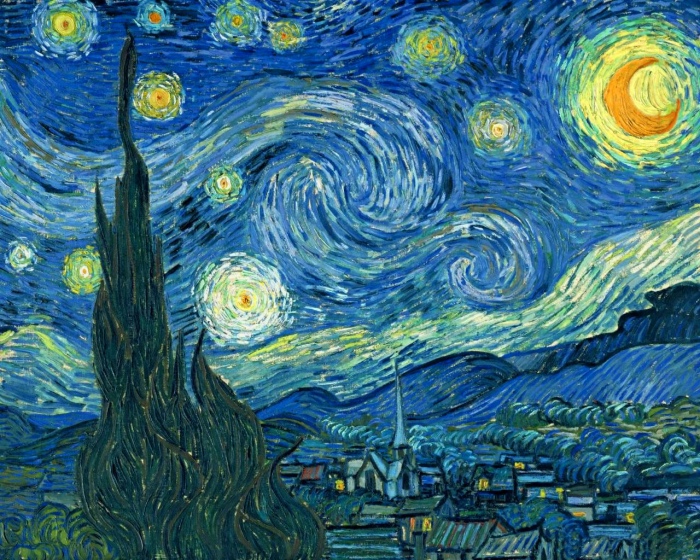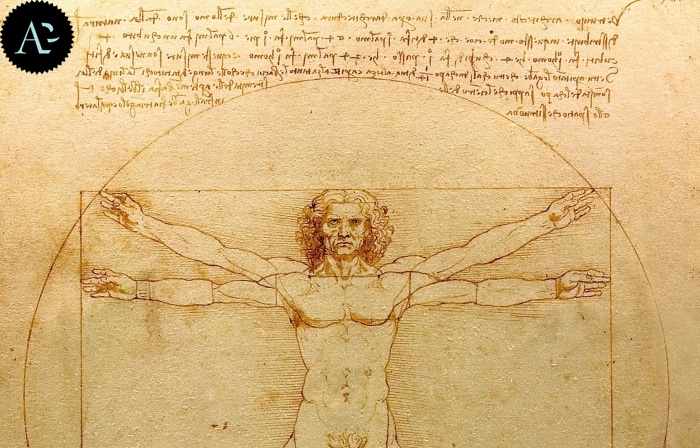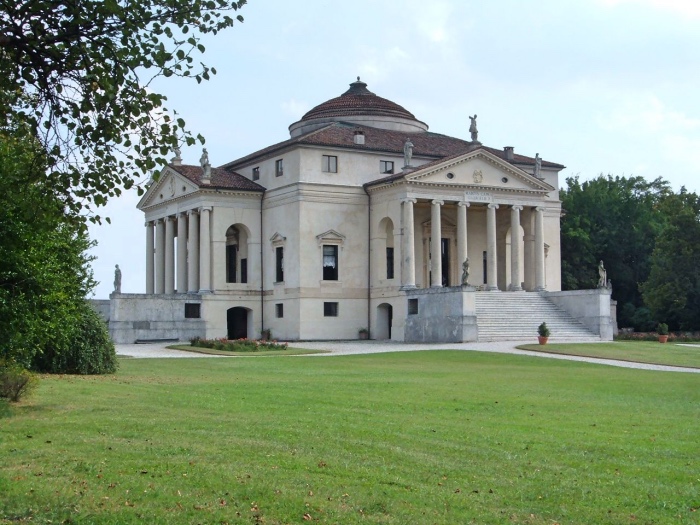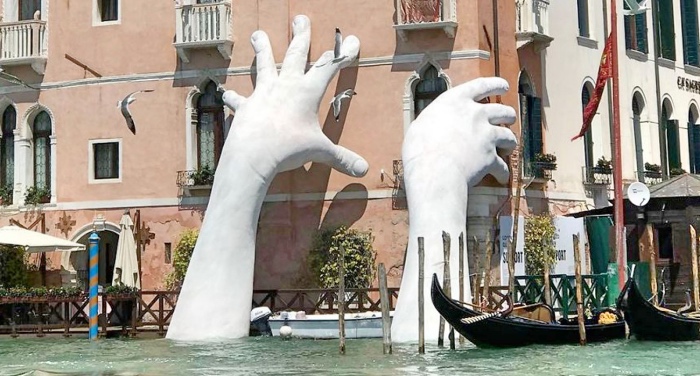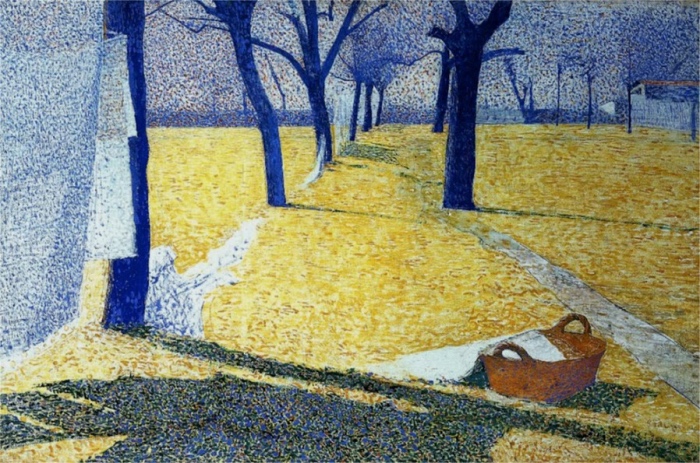THE STARRY NIGHT BY VAN GOGH. WHY VAN GOGH PAINTED IT, WHAT IT REPRESENTS, WHERE YOU CAN SEE IT
In The Starry Night Van Gogh represents the most visionary night in history of art.
Before this painting the night had never been so intense! It’s one of the most famous paintings by Van Gogh, in which darkness is illuminated by violent flashes and by cosmic energy which seems that it can’t find peace.
Like all Van Gogh’s works The Starry Night is like a vision and it can barely hold the energy of the brush strokes.
READ ALSO: Van Gogh is a post-impressionism artist with Gauguin and many other.


